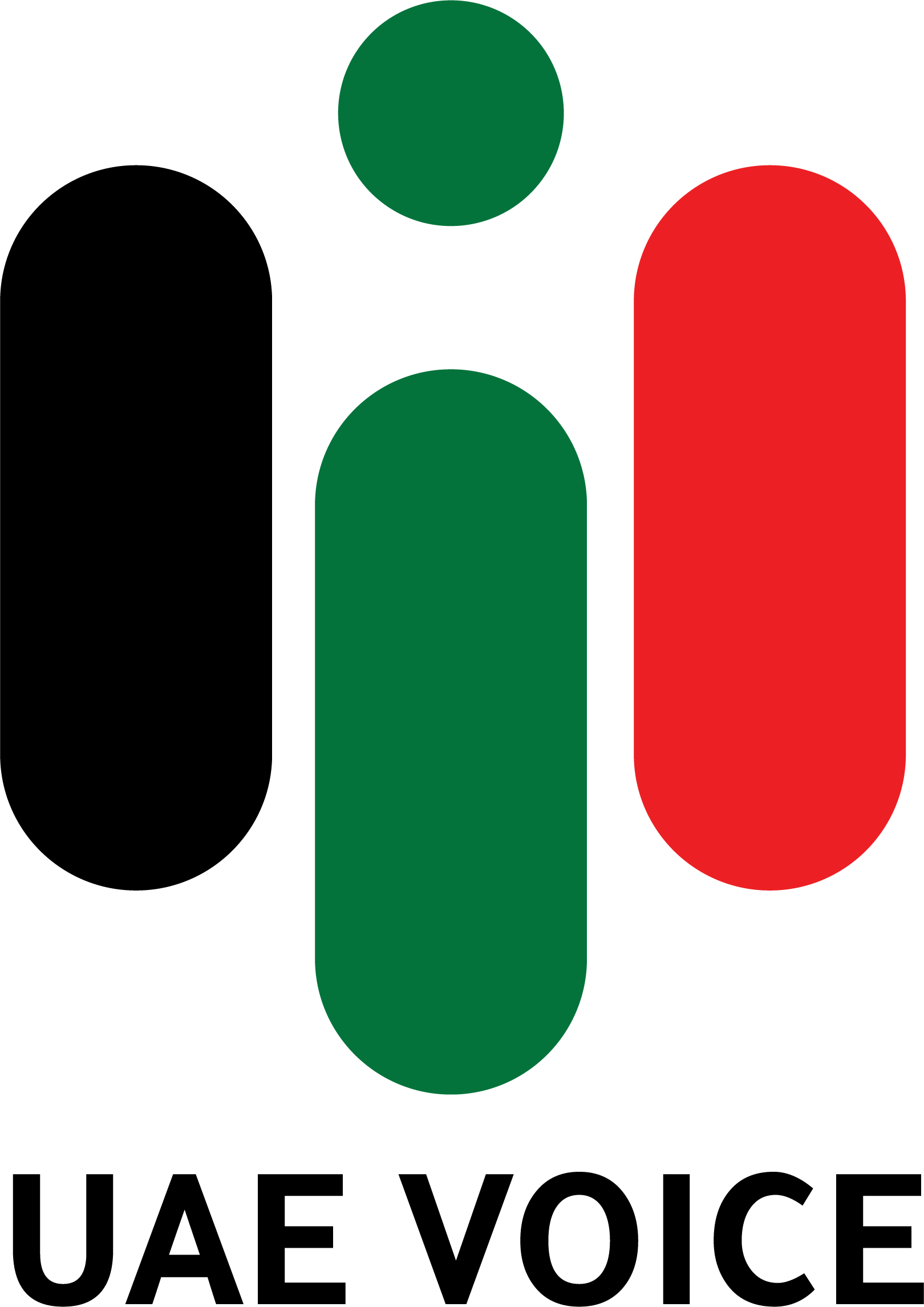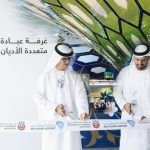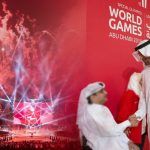The Mohammed bin Rashid Space Centre (MBRSC), declared that Emirati astronauts Sultan AlNeyadi and Hazzaa AlMansoori have finished their training at the European Astronaut Centre (EAC), of the European Space Agency (ESA) in Cologne, Germany.
The training concentrated on the European unit, Columbus, onboard the International Space Station (ISS). Yousuf Hamad AlShaibani, MBRSC’s Director-General and Salem AlMarri, Assistant Director-General for Scientific and Technical Affairs at MBRSC and also the Head of the UAE Astronaut Programme were present for a part of the training programme. The training forms a part of the arrangements for the first Emirati astronaut to travel to the ISS on 25th September on board the Soyuz MS 15, and also a part of the global training plan for the two Emirati astronauts.
The astronauts finished ended 30 hours of theoretical and practical training, monitored by a group of ESA specialists, stressing on the equipment and systems in the European unit of the ISS, like the Life Support System that insure the astronauts are able to survive in ISS. The training, which was all carried out in a real like module of the European laboratory aboard ISS, Columbus, also consisted of communicating with the ground station.
Under the guidance and monitoring of researchers and trainers from ESA, the two astronauts were given training on the scientific experiments that the UAE astronaut would be working on during his time onboard.
The training programme included of four main types of scientific experiments – time perception in microgravity, TIME, Brain DTI, Fluidics, fluid dynamics in space, and DNA-m age, which tests the changes that happen to human’s DNA because of traveling to space. It would be the first time that this experiment would be conducted on a human from the Arab region.
AlShaibani was briefed about the training during an introductory tour to the different training departments at EAC, where he was shown the latest technologies and advanced and highly efficient scientific equipment that is going to be used for training the two astronauts.





